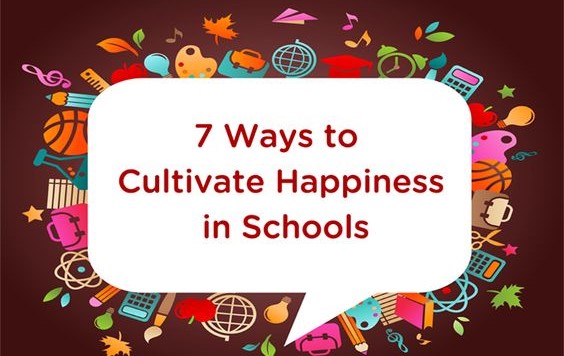Introduction:
A positive school tone is essential for creating an environment where students feel welcome, safe, and supported. Principals are the driving force behind establishing this atmosphere and ensuring it spreads throughout the entire school. This article will discuss five ways in which principals can set a positive school tone.
1. Lead by Example
Principals set the stage for a positive school culture by modeling appropriate behaviors and attitudes. This includes greeting students and staff with a smile, demonstrating kindness and care, and encouraging open communication. Displaying these traits encourages others to follow suit, building comradery and trust among the school community.
2. Encourage a Growth Mindset
Fostering a growth mindset within students and staff enables them to understand that challenges present learning opportunities. Principals can encourage this perspective by praising hard work, persistence, and problem-solving skills over perfect outcomes. Share success stories that emphasize effort and acknowledge individual progress at school assemblies or in newsletters.
3. Create Opportunities for Student Involvement
Allowing students to have a voice in school initiatives generates enthusiasm about their education while improving their sense of responsibility and ownership. Consider forming student councils or committees where they can contribute ideas on issues like school policies, activities, or curriculum decisions. Offer various extracurricular programs to pique the interest of different students – from academic clubs to sports teams.
4. Promote Teacher Collaboration
Encouraging teachers to collaborate strengthens their support network, enabling them to share resources, ideas, and experiences. Facilitate teacher collaboration by scheduling regular meetings where faculty members can discuss classroom practices, student progress, and ways to integrate subjects across curricula. This collaboration not only enhances professional development but also creates a unified faculty working towards common goals.
5. Celebrate Successes
Recognizing achievements—both big and small—boosts morale among students and staff alike. Host awards ceremonies for academic, athletic, and artistic accomplishments or even recognize students’ acts of kindness through a dedicated bulletin board. Facilitate teacher appreciation events where staff members are acknowledged for their hard work and dedication to their students.
Conclusion:
Principals play a crucial role in setting a positive school tone. By leading through example, promoting a growth mindset, offering student involvement opportunities, encouraging teacher collaboration, and celebrating the successes of students and staff, they create an environment where everyone feels valued and inspired to do their best. When a school’s atmosphere is characterized by support and encouragement, the entire community reaps the benefits of a more meaningful educational experience.











